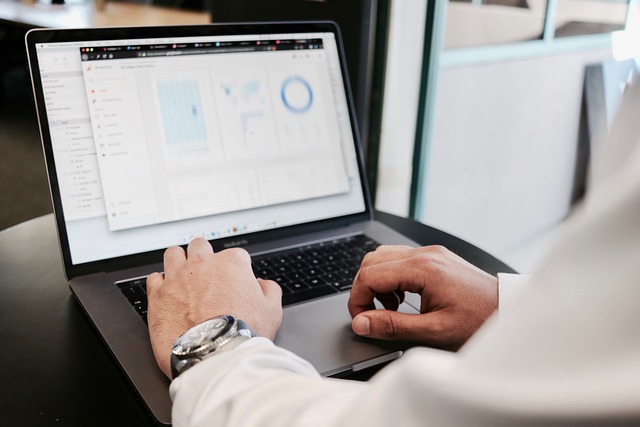
No matter what number of websites you may have designed, it will always remain true that the design is the most important aspect. Creating a site that is pleasing to the eye, user friendly, and has relevant content will more than likely cause your visitors to return. Read the tips in this article to assist you in creating an effective and attractive website.
A successful website needs to work for visitors using any browser, so it is important to test your web pages to make sure they display properly in different browsers. A webpage that displays properly using Internet Explorer, could appear incorrectly or poorly on a different browser such as Firefox or Chrome. Prior to going live with your website, see how your pages look on every popular browser.
Buy a program to help you design a great website, there are many available in the marketplace. Professional programs are easy to use, so you can create a beautiful site rather quickly. If you don’t have a good site, you won’t have a large number of visitors.
Create an opt-in newsletter to entice your visitors to return often. You can keep your visitors informed about important events, updates, and changes when they sign up for a newsletter, and the flow of information will often tempt them to revisit your site. Put a form for registration on a sidebar or somewhere visible, yet not interfering with the page’s purpose. Avoid trouble by only sending the newsletter to people who have signed up for it.
Design your front page to be a minimal as possible. People looking around will decide right away if they wish to use your site just by how your homepage looks. Be descriptive about what your business does, and your unique offerings, but keep everything else to a minimum to avoid distraction.
There are free applications that will help you create your site. Do not listen to people who tell you that you can’t design and operate a website without relying on pricey software packages; you can find a free alternative for virtually every task. All that is required from you is a little bit of effort in finding and choosing the free tools that will give you just what you’re looking for.
File Types
File sizes affect the speed with which your website loads. You can control file size by paying attention to file types. In general, it is best to use JPEGs and GIFs for your graphics. PNG and BMP files take up a ton of bandwidth. To make sure that your users have an optimal experience when accessing your website, use file types for your graphics that take up less space on a disk.
Include text content on your link page. This will let your visitors know what they’re going to click on. If you have links that have no text content, it may be possible to click them by accident and result in a key board shortcut.
Make sure to check for any broken links. Check on this multiple times before uploading to the server. Visitors who encounter broken links and errors will not stay on your site long enough to view your product. To prevent this from happening, do a quick check to ensure everything is working properly.
Always avoid placing pop-up advertisements on your site. Incorporating ads is an important part of a website but they should not detract from your viewer’s experience. It will result in people not wanting to visit your site at all. Keep the ads simple since you don’t need any wild pop-ups.
Begin by creating smaller websites that allow you to gauge your strengths and weaknesses, and how to improve upon both. Begin with a few basic pages, (just text for the most part) and see how it goes.
When you are deciding which hosting service to use, make sure that you understand everything that the package will include. The things that are important to know are bandwidth, CPU usage, disk space and any other areas that they highlight in their package. Be certain you understand what you are purchasing.
Security is the most crucial thing for your site. Especially if you will be taking information from customers, you want to be sure that you have plans to purchase an SSL certificate. Your website host can also offer security features for your website.
Construct a visual sitemap as a means of planning your site accurately. You’ll be able to visualize how your site is growing as you add each new part. From this point, you have the ability to locate with precision any components that will require tweaking, or have yet to see more work being done with them. Having a visual representation is key to designing a website.
White space, or space that is unused and empty, is truthfully beneficial to a website, so don’t think your site has to be chock full of pictures, graphics and content. It improves readability, gives your content the focus of the page and allows the mind of your reader to be relaxed and absorb what you’re trying to get across.
This article will help to guide you down the path to a website which attracts quality traffic, builds a relationship with visitors and creates an awesome user experience. Creating a site like this will boost both your reputation and profits, so get started today!